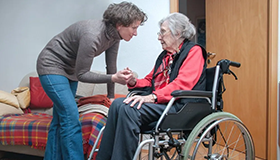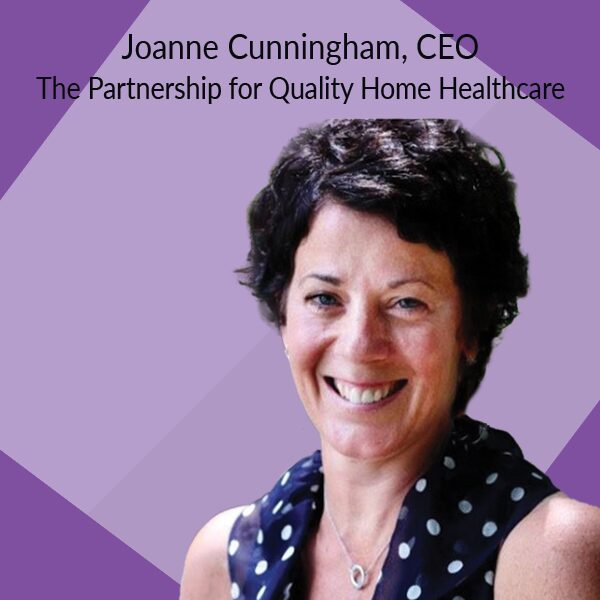CMS Announces Multi-Pronged Effort to Strengthen Direct Care Workforce
Adminby Elizabeth E. Hogue, Esq.,
CMS recently issued guidance about how to build and maintain worker registries, i.e., management platforms, that make qualified health workers easy to find so that more individuals who receive Medicaid-covered home and community-based services (HCBS) can receive care in settings of their choice. Worker registries are designed to answer these questions: Who is qualified to provide HCBS in each state and how can Medicaid recipients find them?
On February 27, 2024, CMS announced several new initiatives and Resources from the Administration for Community Living’s (ACL) Direct Care Workforce (DCW) Strategies Center to address the shortage of workers who provide direct care to elderly and disabled clients. New initiatives include several types of assistance that are intended to help states strengthen their systems for recruiting, retaining, and developing direct care workers; and a national hub to connect states, stakeholders, and communities to best practices and other resources related to the direct care workforce.
Specifically, DCW Intensive Technical Assistance will facilitate collaboration among state agencies and with stakeholders to improve recruitment, retention, training, and professional development of direct care workers. The DCW Strategies Center will provide up to two hundred fifty hours of individualized technical assistance on a variety of issues for up to six teams involving multi-agency state teams.
A coach will be assigned to each team and have access to subject matter experts to support them in addressing states’ unique needs. Support provided through this initiative will be coordinated by a consortium led by ADvancing States in partnership with the National Association of State Directors of Developmental Disability Services and the National Association of State Medicaid Directors.
The DCW Peer-Learning Collaborative will bring representatives of four to six states into working groups focused on a particular topic. The DCW Strategies Center will host monthly virtual meetings focused on group learning to facilitate information sharing on best practices, innovative strategies, and demonstrated models for growing the direct care workforce. In addition, each participating state will receive up to seventy hours of individual technical assistance on a topic or issue important to each state. Each participating state is expected to accomplish at least one policy or program-related milestone as a result of participation in this initiative.
CMS also announced the official launch of the DCW Strategies Center website at https://acl.gov/dcwcenter. This website is intended to serve as the national hub for resources about best practices, promising strategies, upcoming events, webinars, and technical assistance opportunities to strengthen and expand local direct care workforces.
CMS acknowledges in the announcement that low wages, lack of benefits, limited opportunities for career growth, and other factors have resulted in a continuing shortage of critical workers. The shortage reached crisis levels, says CMS, during the COVID-19 pandemic and currently continues, with more than three-fourths of service providers that decline new clients and more than half of providers cutting services.
According to CMS, the problem described above must be addressed in order to help ensure that people who need assistance have options other than moving to a nursing home or other institutional setting.
Now is the time for providers of private duty or home care services and the associations that represent them to work intensively with state programs, especially Medicaid Programs, to maximize available assistance as described above.
©2024 Elizabeth E. Hogue, Esq. All rights reserved.
No portion of this material may be reproduced in any form without the advance written permission of the author.









 My former colleagues in the health insurance industry claim they are waiving all costs of testing and treatment for COVID-19. This is a lie.
My former colleagues in the health insurance industry claim they are waiving all costs of testing and treatment for COVID-19. This is a lie.

